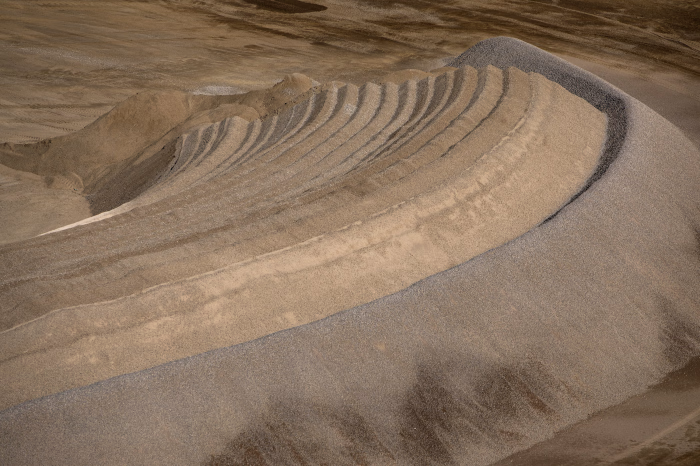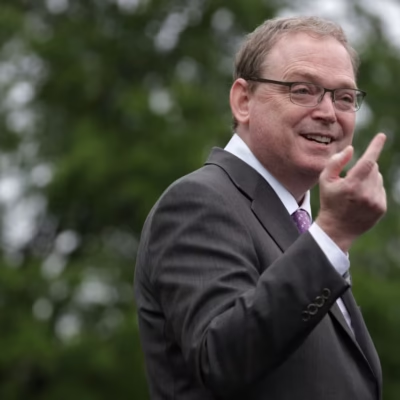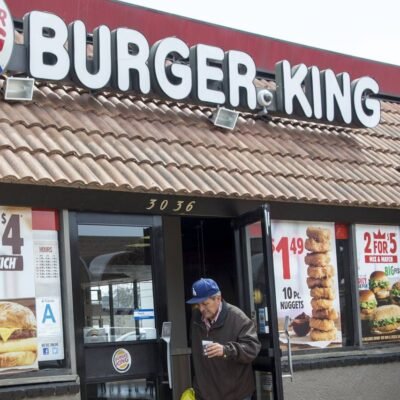The world is racing to reduce carbon emissions and shift to cleaner, greener energy. Solar panels, wind turbines, and electric vehicles are leading the way—but there’s a catch. These technologies depend heavily on critical minerals like lithium, cobalt, and rare earth elements. These minerals are in high demand but unevenly distributed across the globe, creating competition, price volatility, and even geopolitical tension.
This is where a Global Minerals Trust could come in. Inspired by ideas like the International Energy Agency’s (IEA) proposal and the precedent of global oil reserves, the idea of a Global Minerals Trust aims to ensure fair access, stable pricing, and responsible sourcing of minerals. But can it really help speed up the energy transition?
Let’s break it down.
What is a Global Minerals Trust?
A Global Minerals Trust would be an international institution or mechanism that manages the supply, reserves, and trade of critical minerals essential for clean energy technologies. The trust would focus on:
- Coordinating global mineral supply
- Ensuring fair and affordable access
- Stabilizing prices
- Promoting sustainable and ethical mining practices
Think of it as the mineral equivalent of the International Energy Agency’s oil reserves or even the International Monetary Fund (IMF), but with a focus on clean energy inputs instead of money or fossil fuels.
Why Minerals Matter in the Energy Transition
To power the green revolution, we need a massive amount of minerals. According to the IEA:
- A typical electric car requires six times more mineral inputs than a conventional car.
- Onshore wind plants need nine times more mineral resources than gas-fired power plants.
- Demand for lithium, cobalt, and nickel could grow by over 500% by 2040.
Key Minerals for Clean Energy
- Lithium – for EV batteries
- Cobalt – battery stability
- Nickel – energy density in batteries
- Copper – electrical wiring
- Rare earth elements – magnets in wind turbines and motors
However, these minerals are not available everywhere. For example:
- The Democratic Republic of Congo supplies over 70% of the world’s cobalt.
- China dominates rare earth refining and processing.
- Chile and Australia are top sources of lithium.
This imbalance creates bottlenecks and dependency that slow down clean energy development.
What Are the Current Challenges?
1. Unequal Distribution
Many countries don’t have access to mineral-rich lands, making them dependent on others. This creates tension and potential for economic exploitation.
2. Environmental and Social Costs
Mining can be dirty and dangerous. In some regions, it leads to water pollution, deforestation, and even child labor.
3. Price Volatility
Critical mineral prices fluctuate wildly. For example, lithium prices surged by over 400% between 2020 and 2022 due to skyrocketing EV demand.
4. Geopolitical Risk
Just like oil has led to global conflicts and trade wars, critical minerals may do the same. As countries race to secure supply chains, the risk of mineral nationalism increases.
These challenges directly threaten the pace and fairness of the energy transition.
How Could a Global Minerals Trust Help?

1. Fair Distribution and Access
The trust could act as a central body to manage fair distribution of critical minerals, especially to developing countries. This ensures that the energy transition isn’t limited to rich nations.
2. Price Stability
By building global reserves and regulating mineral markets, the trust could help stabilize prices—much like how OPEC manages oil output.
3. Sustainable Sourcing
The trust could enforce sustainability and labor standards by only purchasing or endorsing minerals from ethically operated mines.
4. Strategic Stockpiling
The trust could store minerals in global reserves, releasing them during shortages—preventing production delays for EVs, batteries, and other technologies.
5. Data Sharing and Transparency
It could create an open platform where countries and companies share data about mineral reserves, production, and trade, reducing misinformation and speculation.
Who Would Manage It?
There are several possibilities:
- United Nations or World Bank: Could host the trust as part of global development programs.
- International Energy Agency (IEA): Already monitoring energy minerals and could expand its role.
- A New Global Alliance: Countries could create a fresh multilateral institution focused solely on critical minerals.
To be effective, the trust would need participation from:
- Mineral-rich countries (e.g., Chile, Congo, Australia)
- Technology producers (e.g., US, EU, China)
- Battery and EV manufacturers (e.g., Tesla, BYD, CATL)
Without strong cooperation, the idea may remain just a theory.
Environmental and Ethical Benefits
One of the most powerful features of a Global Minerals Trust would be its ability to promote green and ethical mining.
- Environmental protection: Require low-emission extraction techniques.
- Human rights: Enforce bans on child labor and unsafe working conditions.
- Recycling and reuse: Encourage circular economy models by investing in mineral recycling technologies.
This could dramatically clean up one of the dirtiest parts of the green energy value chain.
Global Examples to Learn From
1. Strategic Petroleum Reserve (U.S.)
The U.S. keeps emergency oil supplies in case of disruptions. A similar model could work for critical minerals on a global level.
2. International Atomic Energy Agency (IAEA)
IAEA manages global nuclear material. Its structure shows how sensitive resources can be managed internationally.
3. OPEC (Oil Producers’ Cartel)
While controversial, OPEC has shown how countries can coordinate around a valuable resource—even if their goals aren’t always aligned.
Each of these models offers lessons in governance, transparency, and global cooperation.
Obstacles to Creating a Global Minerals Trust
While the benefits sound promising, there are serious hurdles:
Political Challenges
- National Interests: Countries with rich mineral resources may prefer bilateral deals over multilateral sharing.
- Trust Deficit: Global powers like the U.S., China, and EU often compete rather than collaborate.
Economic Hurdles
- Cost of Operation: Creating reserves and managing supply requires large investments.
- Market Disruption: Some worry a trust might interfere with free-market dynamics.
Legal and Regulatory Issues
- Sovereignty concerns: Nations may resist international control over their resources.
- Different laws: Varying mining regulations make uniform enforcement difficult.
Despite these challenges, many experts believe global collaboration is necessary to avoid chaos in the clean energy supply chain.
What’s Next?
Are We Ready for a Global Minerals Trust?
The conversation has already begun. The IEA and World Bank have both pushed for greater international coordination. Countries like the U.S., EU, and Japan are also creating Critical Minerals Strategies, but most are focused inward.
To move forward, we need:
- Global forums and summits on critical minerals (like COP for climate)
- Pilot programs with a few countries to test the trust model
- Public-private partnerships involving mining companies and clean tech firms
- Investment in alternatives like mineral recycling and synthetic substitutes
The energy transition cannot happen at full speed without a better approach to minerals. A Global Minerals Trust might be the bold idea the world needs.
Final Thoughts
The clean energy revolution is here—but it’s not just about solar panels and wind turbines. It’s also about the critical minerals that power them.
A Global Minerals Trust could help the world manage these resources more fairly, sustainably, and efficiently. While it won’t be easy to create, the long-term benefits could outweigh the initial challenges. As the demand for minerals skyrockets, global coordination may be the only way to ensure a just and timely energy transition.
Do Follow USA Glory On Instagram
Read Next – DraftKings Sales Jump as Bettors Spend More on Average






